
Are you a poultry owner who maintains a small-scale, egg-selling business? One challenge all egg producers face, whether they have a large or small operation, is the reality of restocking their flocks with young, more productive pullets every year or two. For an egg-production operation to be sustainable, laying stock needs periodic culling and most birds need to be replaced at least once every two years.
FREQUENT FLOCK REPLACEMENT
Chickens lay the most eggs in their first year of laying. By the second year, many high-producing hens only produce at about 60% of what they did the first year. By the third year, they may only produce at 10% to 20% of their original production. This means a hen that lays 260 eggs in her first year of production may only lay 160 eggs her second year, and in the third year might only pump out 25 to 50 eggs.
While eggs laid by older hens tend to be extra-large in size, shell quality is often of poorer quality, leading to lower-graded eggs. Even though they may not produce as many eggs, older hens still consume lots of feed, making your cost for each dozen eggs produced considerably higher.
There are hens who continue to lay well into their third, fourth and even fifth years, but they’re rare. Longevity of lay is an inherited trait. These hens are real treasures, and you might want to consider using these as breeders in flock perpetuation.
REPLACEMENT PULLETS
この記事は Hobby Farms の March - April 2024 版に掲載されています。
7 日間の Magzter GOLD 無料トライアルを開始して、何千もの厳選されたプレミアム ストーリー、8,500 以上の雑誌や新聞にアクセスしてください。
すでに購読者です ? サインイン
この記事は Hobby Farms の March - April 2024 版に掲載されています。
7 日間の Magzter GOLD 無料トライアルを開始して、何千もの厳選されたプレミアム ストーリー、8,500 以上の雑誌や新聞にアクセスしてください。
すでに購読者です? サインイン

Meet Holly Callahan-Kasmala & Chrisie DiCarlo
In Maryland, best friends of 40-plus years share a passion for good food, laughter and, most of all, poultry.
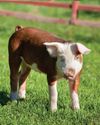
HISTORIC Hogs
The Hereford breed has a bright future.

ON TRACK
Animal activity trackers, also known as pet location trackers, let you keep an eye on your pets or livestock from your phone or computer.
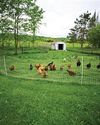
ELECTRIC BORDERS
Here's what you need to know before you buy a portable electric fence.
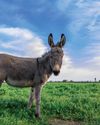
beyond TRADITION
Raise these alternative animals on your hobby farm.
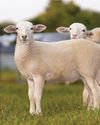
Sheep HOOF CARE
The key to good sheep hoof care is keeping an eye out for problems and moving to prevent serious issues.

Santa Carota BEEF
For 35 years, the Pettit family has been upcycling waste carrots for cattle feed, challenging traditional ranching practices while producing exquisite beef.

Metabolic Disorders in Cattle
Manage these body conditions in your herd with diagnosis, treatment and prevention.
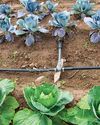
Midsummer Garden
Keep those vegetables growing late into the year with these planting options and advice.

Microclimate Trouble Spots
Spend enough time gardening in one place and you can get to know it well.